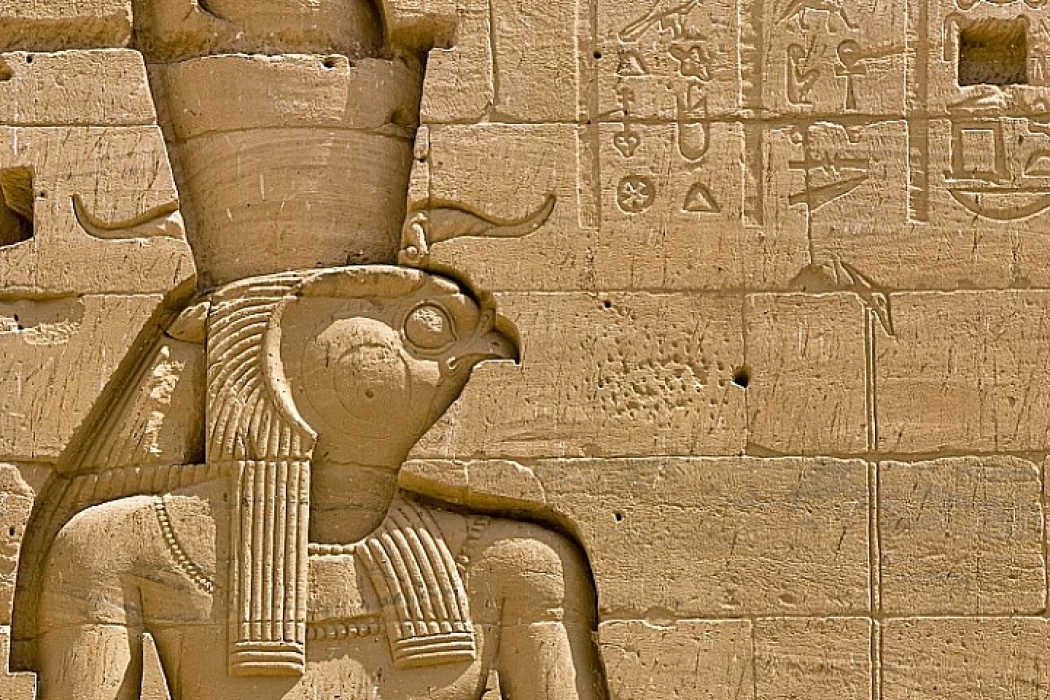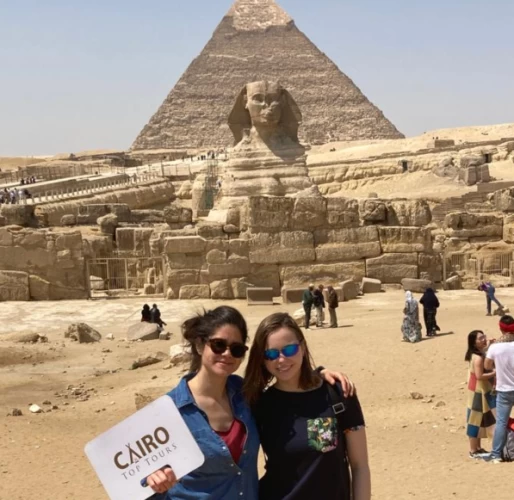
God Amun Ra in Egypt | Amon Re God of Egypt
Amun Re
Amun is considered one of the most famous ancient Egyptian gods, as he was the god of the sun and fertility for the Pharaohs.
Amun took the name Hidden because he was invisible to the ancient Egyptians and he is a God who cannot be seen or realized, this mystery comes from absolute perfection for the ancient Egyptians and what made him invisible was his association with air and his removal from the universe.
Amun united with Ra to be called Amun-Ra and be the god of the sun, air, and fertility, as the invisible Amun joined with the visible Ra to form a complete god.
He was also united with Ma'at to balance the universe according to the Egyptian belief in the goddess.
Although the worship of Amun was considered a monotheistic worship for the Egyptians, he became the absolute monotheistic god.
Amun married the goddess Amunt, who has the same meaning as the name, but it means hidden from women, and she had a distinctive appearance as she wore the double crown that King Narmer had in the first dynasty.
Some say that the god Amun dates back to the New Kingdom, but according to the pyramids, he was present in the Fifth Dynasty, indicating that he was an ancient god and he is said to have been first worshipped in the city of Hermopolis.
Amun was the national god of Egypt on many occasions for several different dynasties, for example, he appeared in the Temple of Karnak in the 13th Dynasty and also appeared during the reign of Ahmose when they forced the Hyksos out of Egypt, where he had a great advantage in this according to their opinion, this made him a great god in this period and also in the 18th Dynasty, where he was an important god in military campaigns outside Egypt, and they considered Chenalopex to be the golden goose, and his shape was also associated with other animals, like the rams during the reign of King Amenhotep III, he was worshipped until he became an important deity in the 25th Dynasty, as mentioned by Diodorus of Sicily.
In fact, Amun appeared in the New Kingdom when Hatshepsut named her temple after him, claiming that she was the daughter of this god, another example, is Akhenaten wanted to worship the god Atun, but he failed. Tutankhamun was called Tutankhan Atun, but he changed his name due to the pressure of the priests and the people on him, which indicates the strength of the worship of this god among the ancient Egyptians.
There were diviners called the Sibyls of Amun who were so famous in ancient eras that Alexander went to Siwa to crown himself Pharaoh of Egypt.
There is no doubt that it is one of the most important religions in the ancient Egyptian civilization that has been worshipped throughout history, which the Egyptians sanctified and fought in its name, which indicates the power and greatness of this god among the ancient Egyptians.
His name means "the hidden one", Amun is a very ancient divinity with warrior characteristics. Starting from the Middle Kingdom or maybe before, specifically during the 5th dynasty, he became the principal deity in Egypt and of Thebes during the new kingdom as well, he took the name of Amun-Ra and the characteristics of the creator God. He is the spouse of Mut and the father of Khonsu, forming the famous Theban triad with these deities of ancient Egypt.
Amun was the name of a deity in ancient Egyptian religion, which became one of the most important deities in Ancient Egyptian history. The ancient Egyptians depicted the god Amun in various shapes. Amun appeared as a man with a head, head, frog, ram, a man wearing an ostrich crown, and a goose.
It began as Thebesian air and fertility god, whose power grew as the city of Thebes grew from a petty village in the old kingdom to a powerful metropolis in the Middle and New Kingdoms. He rose to become a member of the eight gods collectively called the Ogdoad of Hermopolis. He then became a member of the three gods referred to as the Thebes Trinity. At that time he was called the patron of the Pharaoh's Gods and was eventually combined with the sun god Ra, who was the sovereign deity of the Old Kingdom, to become Amun-Ra, king of the gods and ruler of the Great Ennead. Amun-Ra was hailed as a national god, the creator of the universe, the personal protector of Pharaoh, and the god of war.
He appeared in the Pyramid Texts as a member of the Oedead, an important god at Thebes. His importance began in the Middle Kingdom, when King Amenhotep had compound names with Amun
After the expulsion of the Hyksos, he became the king of the gods. During the reign of Akhnaton, a religious and political revolution broke out against him, but he returned to become the great god of Egypt.
The Temple of Karnak was the oldest Temple of Amun-Re. His reputation goes far beyond the borders of Egypt. His worship spread to Ethiopia, Nubia, Libya, and much of Palestine. The Greeks believed it was an Egyptian manifestation of their god Zeus. Even Alexander the Great thought it worth consulting Amun's oracle when he needed powerful proof to become the Pharaoh King of Egypt, the temple of the oracle in Siwa Oasis in the Egyptian Western Desert is evidence of how important this god was to all Egyptians.
Travel to Egypt now to visit the ancient Egyptian wonders and magnificent sites, temples, and pyramids built at the dawn of history and learn more about the complicated mythology and the hundreds of Gods and Goddesses worshipped in the land of the Pharaohs.
The Gods of ancient Egypt were very much like humans they loved and hated, they felt jealous and fought, they took revenge, killed, and also died during an amazing myth full of events, activities, and dramatic events that inspired modern movie directors and producers to create world-famous movies about the grandeur of the Pharaohs and the Gods they worshipped. Take advantage of this offer and discover the wonders of the blessed land of Egypt, from historical times to the present day.
Amun possessed many powers among the Egyptians. He not only created himself, but the entire universe. Furthermore, after being influenced by the Hyksos, the Egyptians developed a god of war, believing this to be the reason for their strength. Consequently, they chose Amun from among their deities to be the god of war.
The belief in the god Amun was very strong, and there was interest in depicting him in many images, the most important of which was the image of the ram as a symbol of fertility and a symbol of the renewal and flow of water. Appearance of God Amun: A seated or standing man with a crown surmounted by two feathers.
The image may depict a ram or a man with a ram's head. A ram-headed sphinx or a goose, a frog. Lastly, he has blue skin in some of his representations rather than the usual red-brown. Blue was a colour that the Egyptians connected to air and creation.
Amunet, Mut, or Amunet, is the wife of the god Amun or Amun-Ra, and was known as the cow of heaven, which is the feminine name of the word Amun. Their son was the god "Khonsu", the god of the moon among the ancient Egyptians.
The father, son, and wife formed the holy trinity of the city of Thebes, Mut, or Mut, which means "mother" and is the mother of the gods in ancient Egypt. Its pronunciation and name changed over thousands of years in several cultures and civilizations She is often depicted as an Egyptian eagle, a white eagle.















